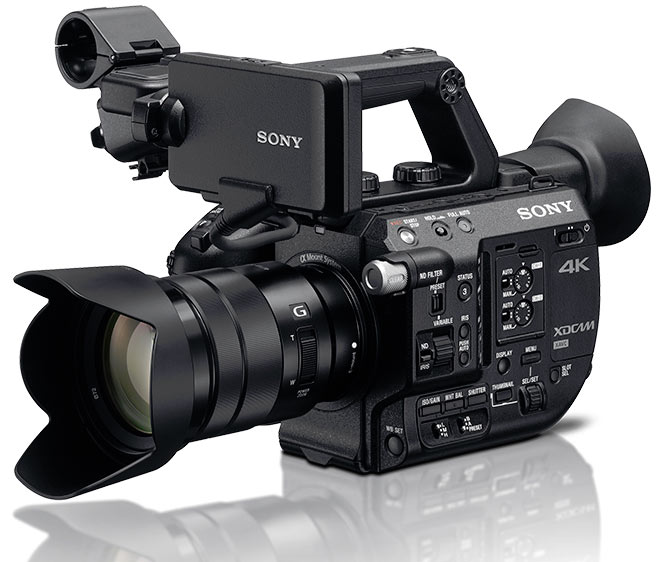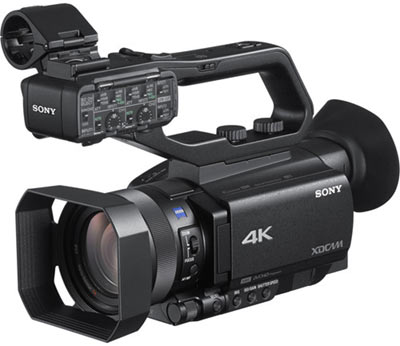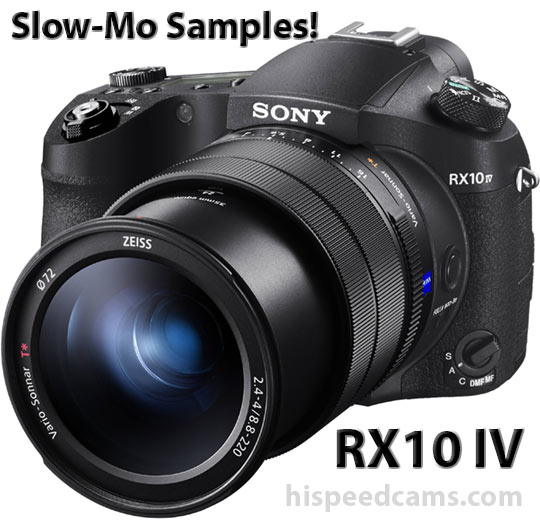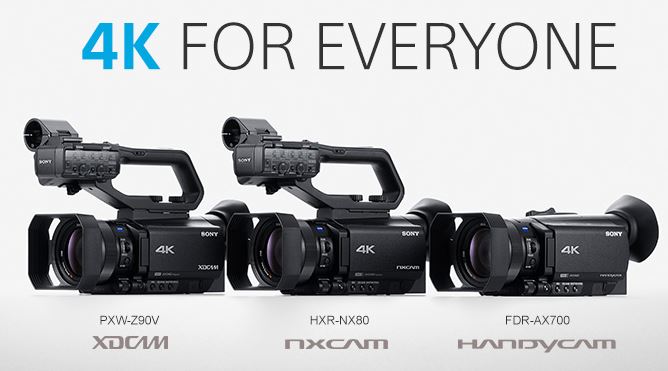The original Sony FS5 not the Mark II which does 240fps and 120fps full HD recording with excellent quality as well as 4k 240fps with an external recorder has dropped in price precipitously. The -$750 price drop makes the camera only $3,498 for the body only which is now competitive with pro SLRs and higher-end mirrorless cameras.
The FS5 camera has been used in productions all over the world and it is a favorite of many videographers for its form factor and dependability. We like it here at HSC by retaining the 10th position on our guide with excellent quality 120fps and 240fps full HD 1080p and pristine quality in 4k 240fps using a recorder like the Atomos Shogun series. The camera also allows 480fps and 960fps @ 1920*270px for short bursts much like the Sony RX series but slightly behind in quality to those latest cameras in those higher modes. Is an FS5 Mark III getting ready to launch or just end of product life rebates?





